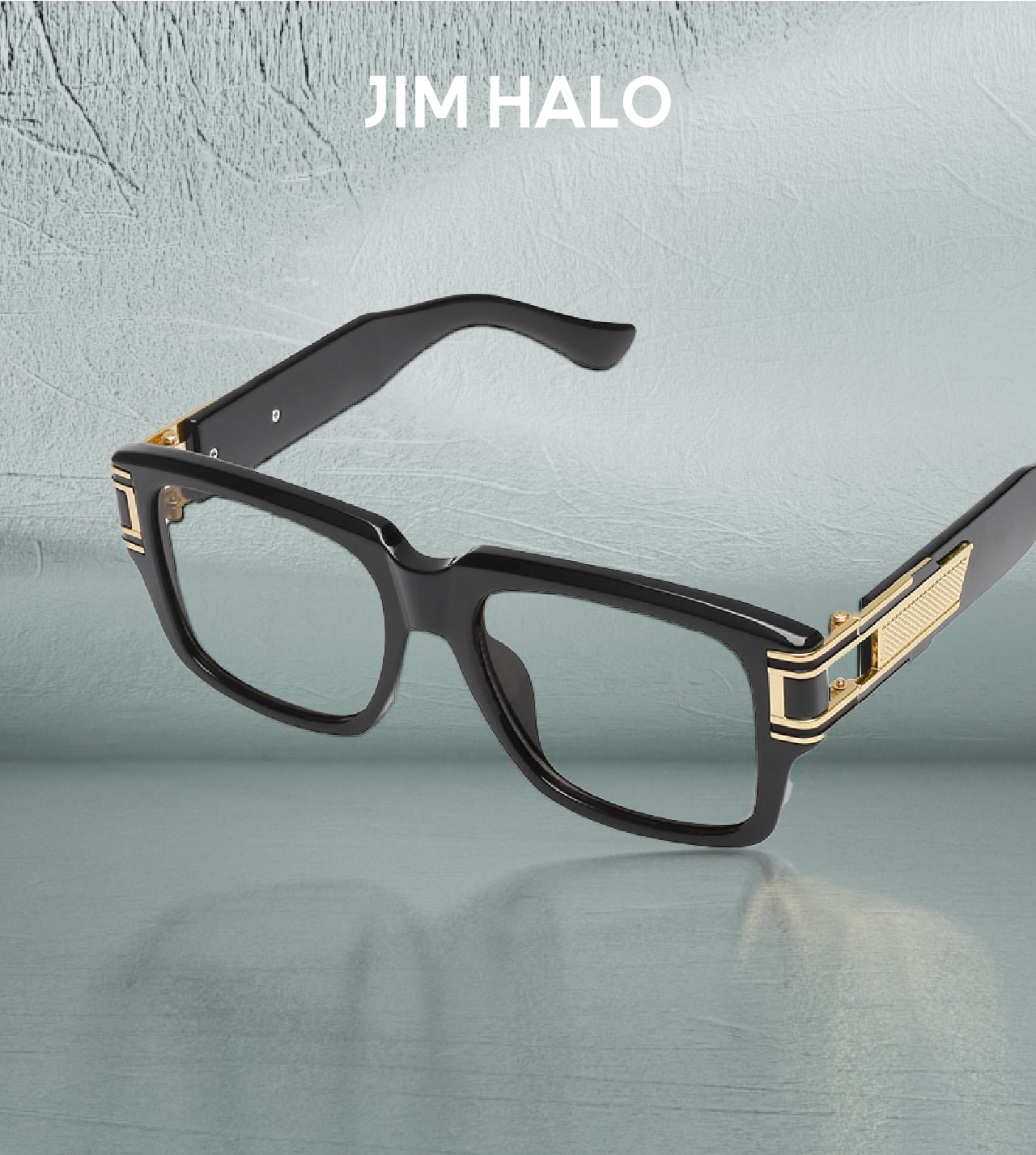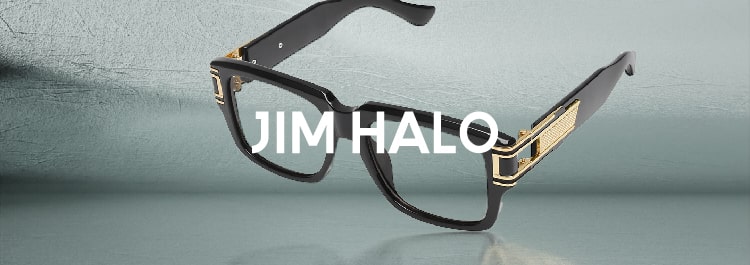When choosing a pair of new glasses, the lens material is a big factor to consider. Good lenses can have better performance in vision and make your eyes comfortable. However, choosing lens material may be a tough task for people who know less about glasses. Therefore, we’ll talk about different types of lens materials today.
Lens materials of glasses

Glass Lenses
All the lenses were made of glass in the early time, which can provide great optics when correcting vision. But this material is heavy and easy to break, which may be unsafe enough. And sometimes may even make your eyes injured. Therefore, they’re no longer widely used now.
Plastic lenses
Plastic lenses began to appear in the 1940s and were called CR-39 plastic lenses. They’re just half the weight of those glass lenses and have excellent optical features. This kind of material is not expensive and has good impact resistance.
Polycarbonate lenses
Polycarbonate lenses become popular the first time they showed up in the 1970s. This kind of material is more impact resistant and is lighter than normal plastic lenses. People like to wear them as sports glasses, safety glasses, and kid’s glasses.
Trivex lenses
Trivex lenses showed up in 2001 and they have the advantages of being lightweight and impact-resistant, so they’re also great to be made for sports glasses and kids’ eyewear. They’re somehow similar to polycarbonate lenses.
High-index plastic lenses
This material has a high index of refraction, and they are lighter and thinner than normal lenses. Up to now, there are several types of these lenses on the market.
Lens features of glasses
Index of refraction
The most common lens materials today range from 1.498 (CR-39 plastic) to 1.74 (high-index plastic). In a word, lenses made with a high index will be thinner than those made with a low index based on the same prescription.
Abbe value
Abbe value, an effective measure of optical quality, is named by physicist Ernst Abbe. Abbe values range from 30-59, the higher the Abbe values, the less likely to result in chromatic aberration.
Aspheric design
High-index lenses usually have an aspheric design which can improve the appearance and create a better optical performance. They’re thinner and more attractive than normal lenses.
The thickness of the center and edge
For myopia, the thinnest part of a lens is the center; while for presbyopia, the slimmest part is at the edge of lenses. Whatever lens material you choose, you’d better choose a well-centered frame so they’ll be lighter and thinner.
Lens functions of glasses
Anti-reflective coating
Anti-reflective coating can improve contrast and clarity, especially in the evening. If you choose high-index lenses, then it’s significant to choose an anti-reflective coating. The higher the lens index, the more light the lenses reflect.

Photochromic lenses
This kind of lens can darken in a few seconds when you are exposed to sunlight and it would become clear when you go indoors. If you don’t want to change glasses constantly, this is a good choice.
Anti-blue light
Being exposed to sunlight and screens for too long will do harm to our eyes. And this may cause the problems like macular degeneration and cataracts. Thus, choosing anti-blue light lenses is important.
To get the best lenses, it’s essential to know the materials, features, and functions of all lenses. Shop at Jim Halo to get the best lenses you want.
If you like our brand Jim Halo, make sure to follow us on our social networks, we’ll keep updating!
Click to follow our Instagram on @jimhaloeyewear.
Click to follow our Facebook: jimhaloeyewear.




